
At the ruins of an historic flour mill in Dundas, a kiosk provides historical info, including this map of flour mills in the area.
RICE COUNTY IS RICH IN HISTORY, especially in historic buildings. I value that about this region of Minnesota. I appreciate that many aged structures remain, well cared for and treasured. I appreciate, too, those who share their knowledge of the past.
I grew up 120 miles west of here, on the prairie. Given the difference in landscape and settlement time and other factors, the history of southwestern Minnesota differs considerably from southeastern Minnesota. I am still learning about Rice County, the place I’ve called home for 38 years.
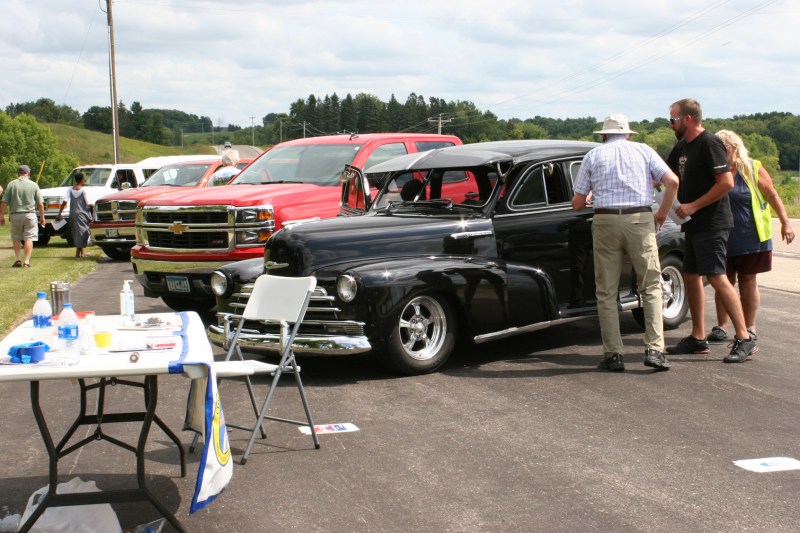
Vintage vehicles were among those on the history cruise, here at Christdala Swedish Lutheran Church near Millersburg.
On Saturday I expanded my understanding of this area by attending the first ever “Cruising Rice County History” tour, an event that took attendees through the county to seven historic sites. In yesterday’s post, I covered three of those places—Prairieville Church, Nerstrand City Hall and Valley Grove Churches.
Today we head west to the small town of Dundas, just outside of Northfield, and then even farther west to the even smaller settlement of Millersburg. Pre-tour, I was familiar with each point of interest on the cruise. But I still picked up tidbits of information either new to me or forgotten over the years.

A few walls remain of the once flourishing flour mill on the west side of the Cannon River in Dundas.

Tour participants check in at the flour mill ruins, where they could learn more about Rice County flour mills from local historian Jeff Jarvis, Susan Garwood (director of the RCHS) or read printed info.
In Dundas, the ruins of a long-gone flour mill, destroyed by fire, focused the third stop. I learned of the mills the Archibald brothers, from Canada, built here around the 1860s along the banks of the Cannon River. Their flour was world-renowned and their flour patent eventually sold to what is now General Mills. It’s quite a history in a region once known for its flour mills. If only one remained…

The history cruise took us throughout rural Rice County. This farm field lies along Rice County Road 1 on the way to Millersburg from Dundas.
Before heading to the next stop, Randy and I picnicked at Memorial Park in Dundas. That left us a bit crunched for time as we aimed out of town along Rice County Road 1 past farm sites and farm fields to the Millersburg District #20 School House Museum. We’ve been here before, toured the museum.

The former Millersburg School now houses a museum operated by the Christdala Preservation & Cemetery Association. Exhibits include school and church items, tools and info related to the James-Younger bank robbery.

An historic marker outside the schoolhouse. You can also see the swings, remaining from the playground, to the right in this photo.

As the story goes, the Younger gang stopped for whiskey at the Millersburg store in September 1876 at the current location of Boonies.
But this visit I picked up some info not necessarily related to the 1881 school, but to the 1876 robbery of the First National Bank in nearby Northfield. Here, four members of the James-Younger Gang stopped for whiskey at the then Millersburg Store (today Boonies Bar & Grill across from the schoolhouse), stayed at the Cushman Hotel just down the road and the next day met up with fellow outlaws in Dundas.

Christdala’s defining steeple. The church is on the National Register of Historic Places. Randy and I recently picnicked on the front steps of Christdala.
And on their way back from robbing the bank, the gang followed the same route, taking us to the next stop on our tour, Christdala Swedish Lutheran Church. I’ve also visited here many times, including just a few weeks ago. Swedish immigrants built this church in 1878 high atop a hill, spurred by the death of friend and neighbor Nicolaus Gustafson. He was an innocent bystander killed in a shoot out during the Northfield bank raid. Because the Swedish community had no cemetery, Gustafson was buried in Northfield.
Today you’ll find Gustafsons buried in the Christdala graveyard along with many others whose surnames end in “son.” This long-closed church was open during the history tour. Although I’ve previously been inside, I wasn’t about to miss another opportunity to step inside this small Swedish church, complete with Swedish flags and stained glass windows in the Swedish colors of blue and yellow.

One of the many displays inside the Rice County Historical Society Museum, this one honoring Native Americans who lived in the county.

The RCHS recently acquired metal art sculptures from Lockerby Sheet Metal, a long-time Faribault sheet metal fabrication company no longer in business. Those pieces are being restored. This knight currently stands in the museum entry.
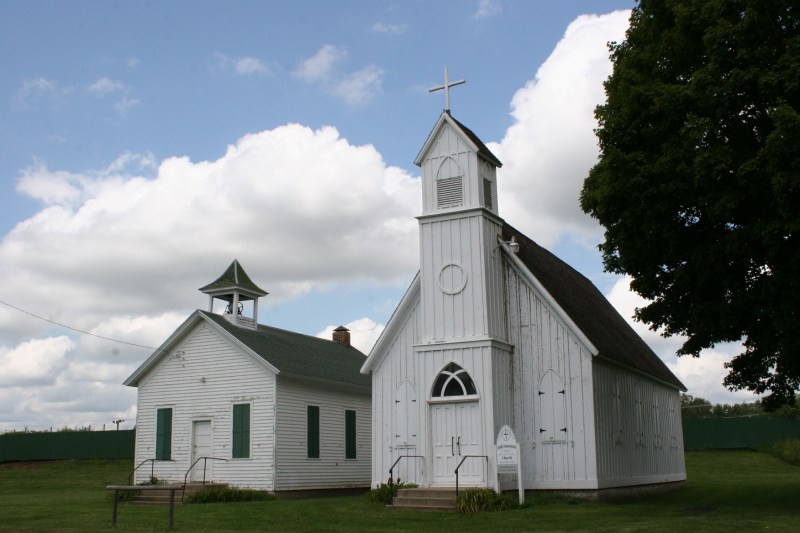
On the historical society grounds are these two historic buildings: the Pleasant Valley School District #22 schoolhouse (educating children in Bridgewater Township in the late 1850s) and Holy Innocents Episcopal Church, built in Cannon City in 1869 and later moved here.
With time pressing to get back to (event sponsor) the Rice County Historical Society Museum in Faribault, Randy and I didn’t linger for long. We needed to turn in our poker run cards and look around the museum and grounds before everything ended. While Randy handed in our losing poker hand, I breezed through the museum exhibits and took a few photos inside and out.
And I considered what a lovely day it had been. Out and about, enjoying and appreciating local history, thanks to the hard work and efforts of those who value Rice County history enough to preserve and share it.
Please check back for a follow-up post on an historic building I discovered in Dundas, and not on the tour, but with a powerful and timely message posted.
© Copyright 2020 Audrey Kletscher Helbling
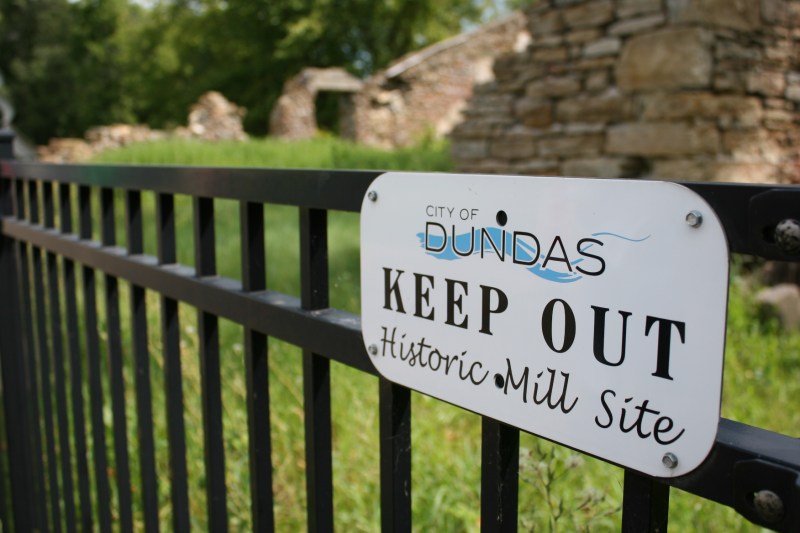
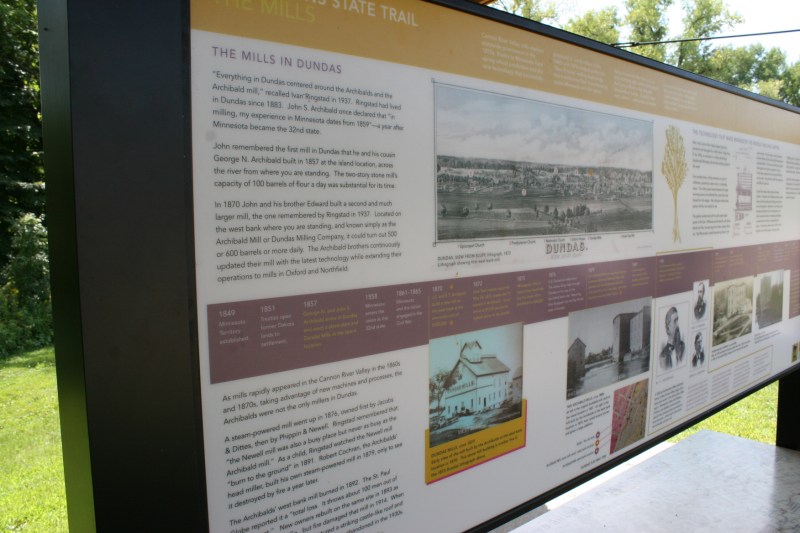
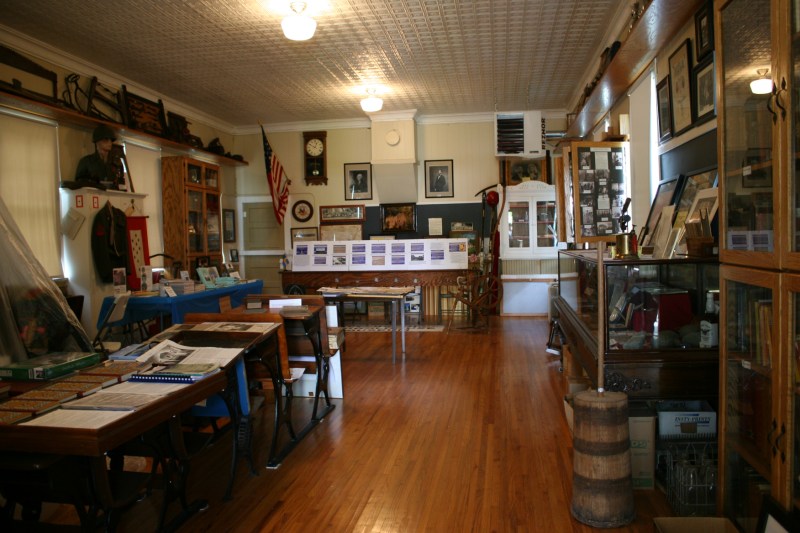
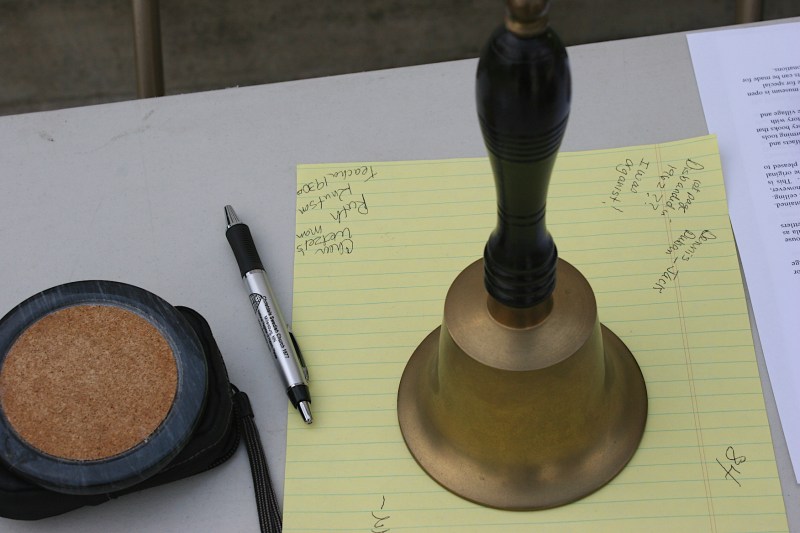
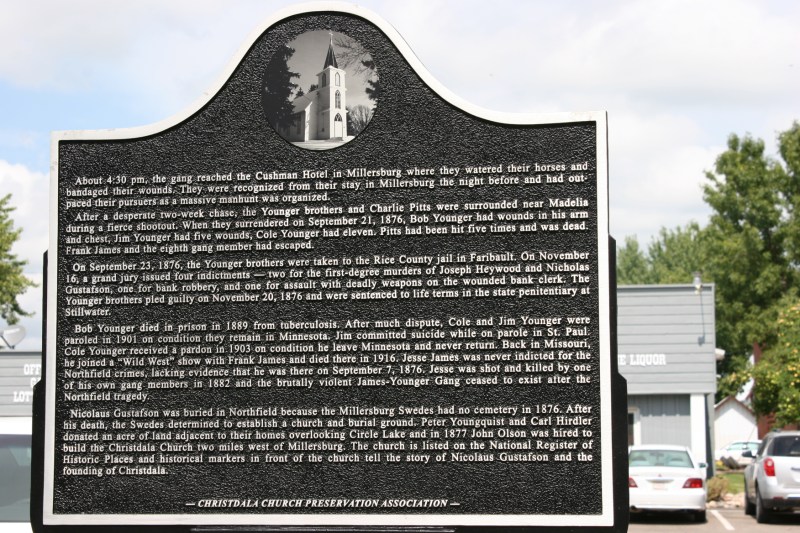
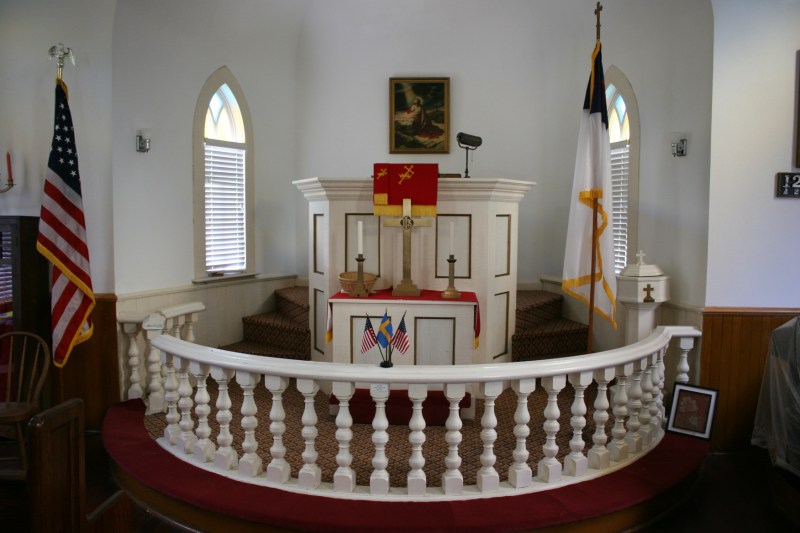

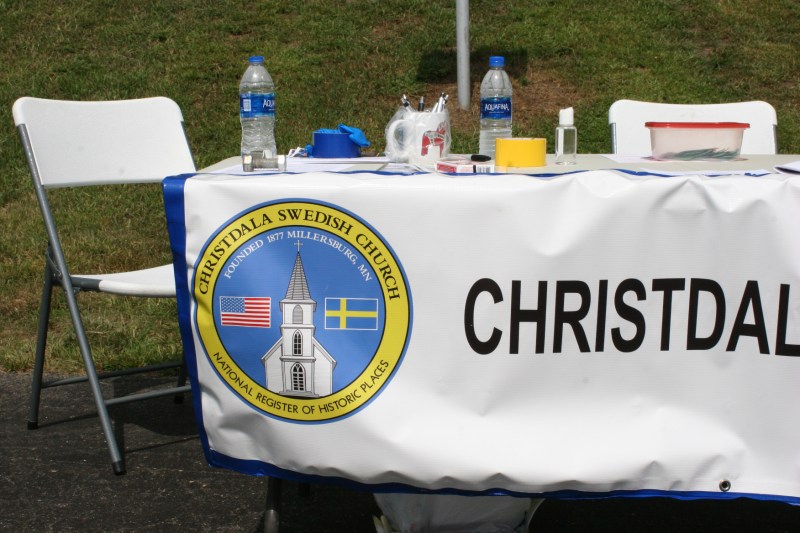



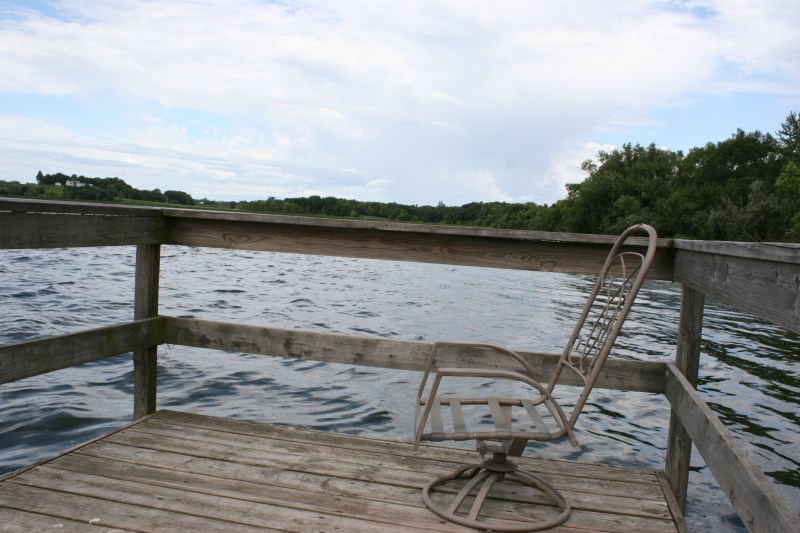
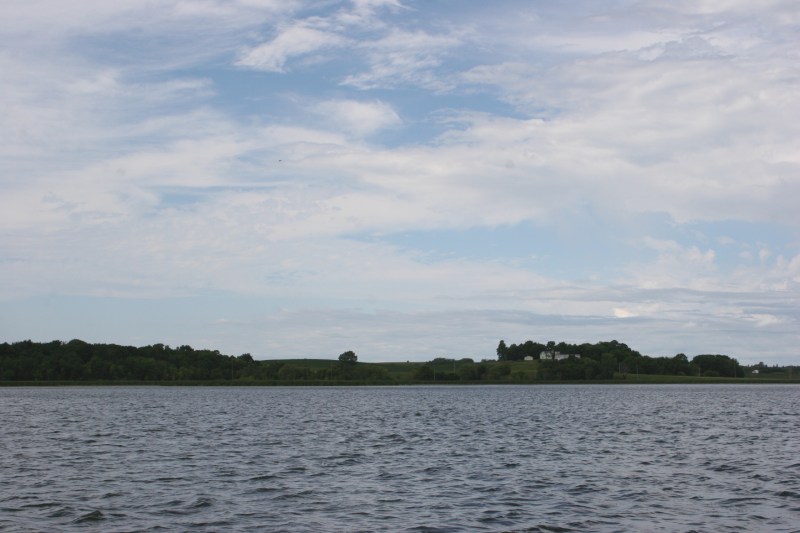




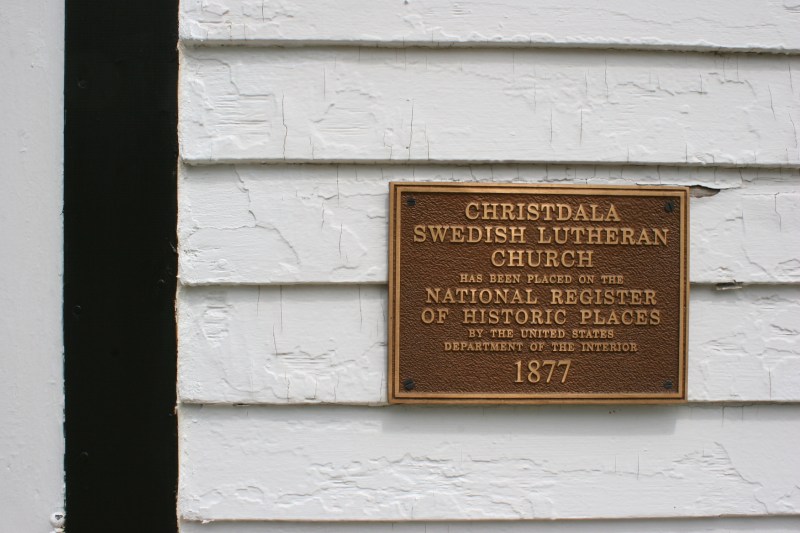
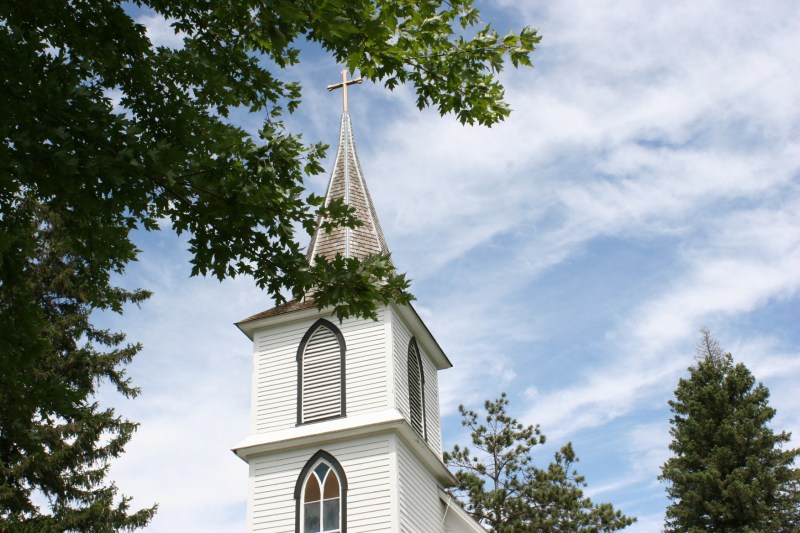



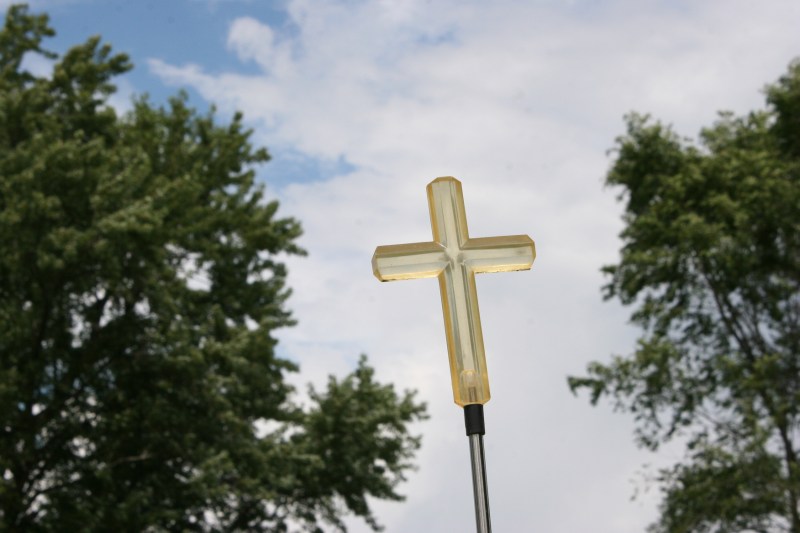
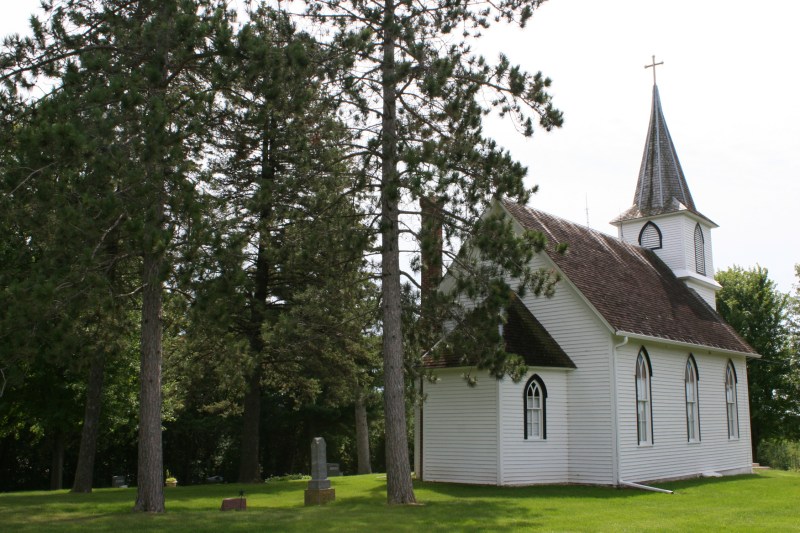

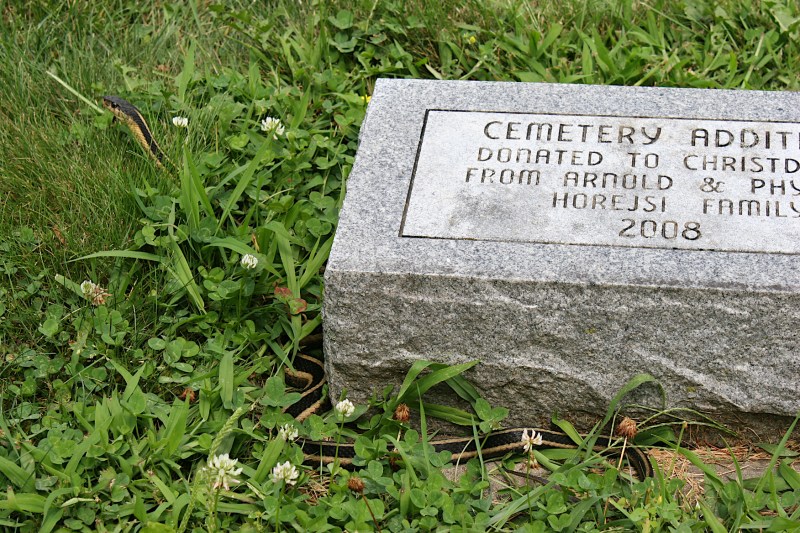
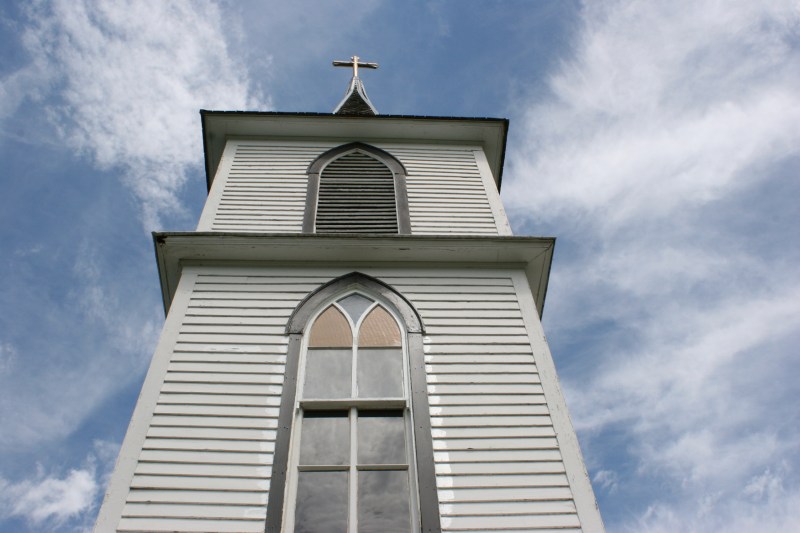
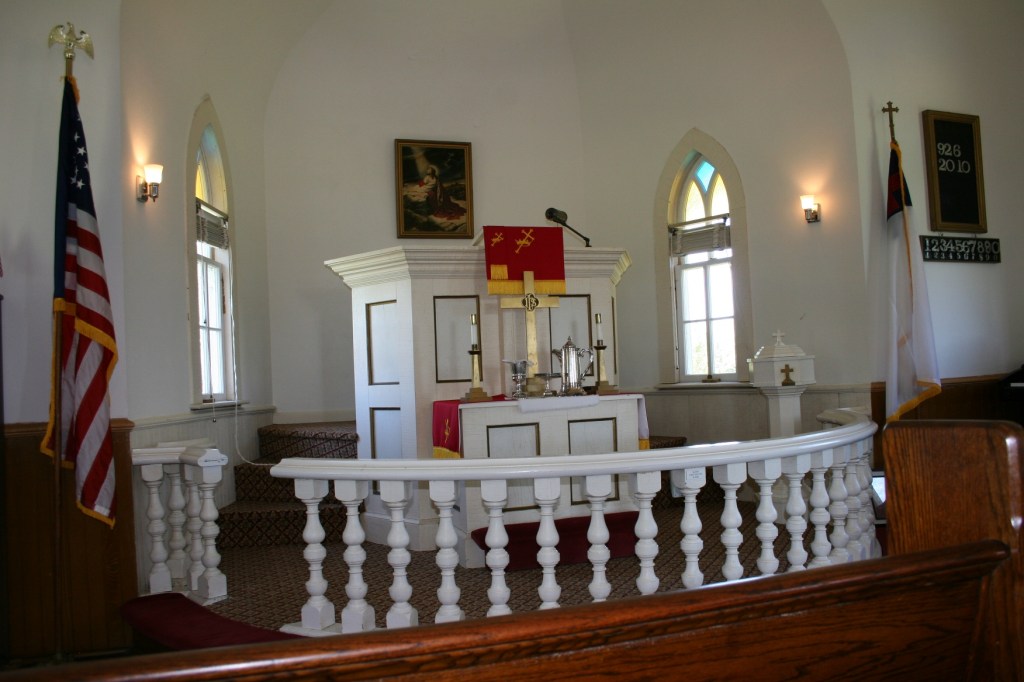

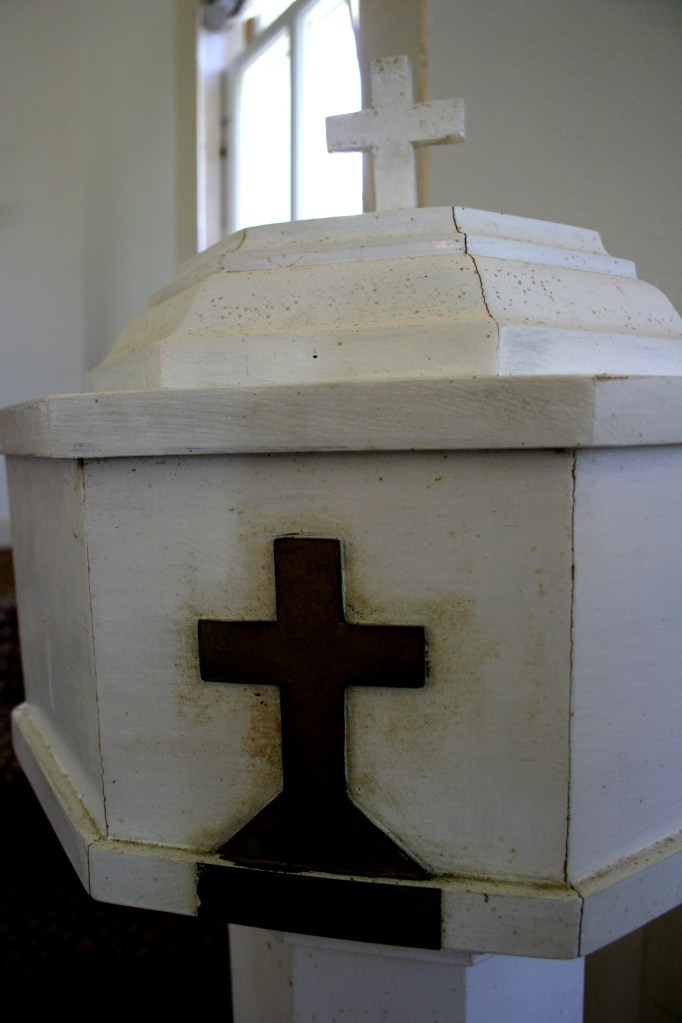
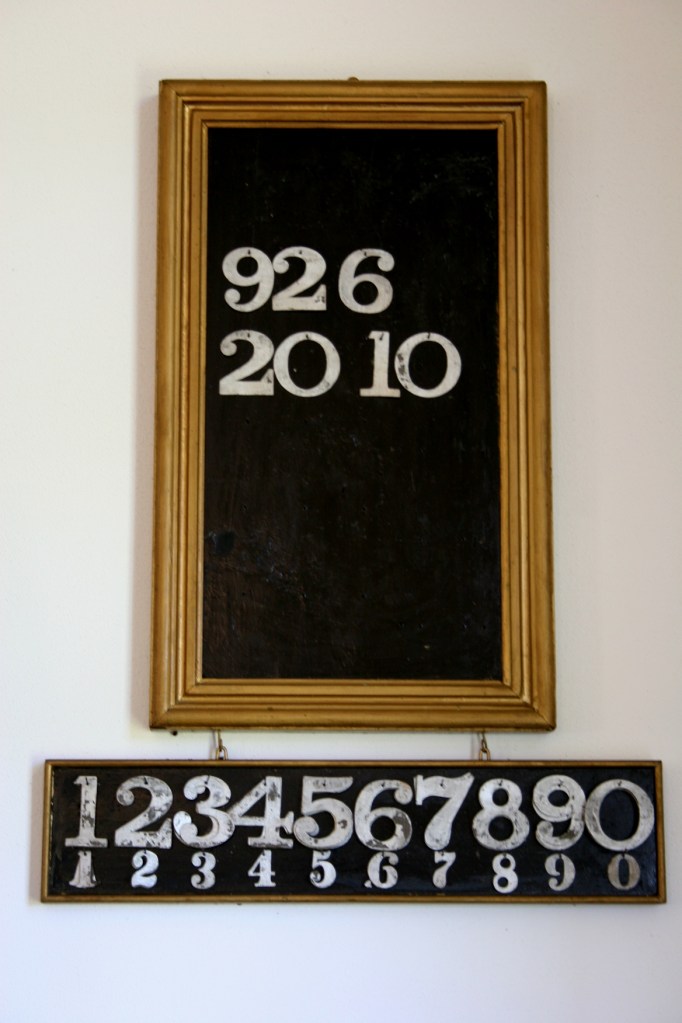
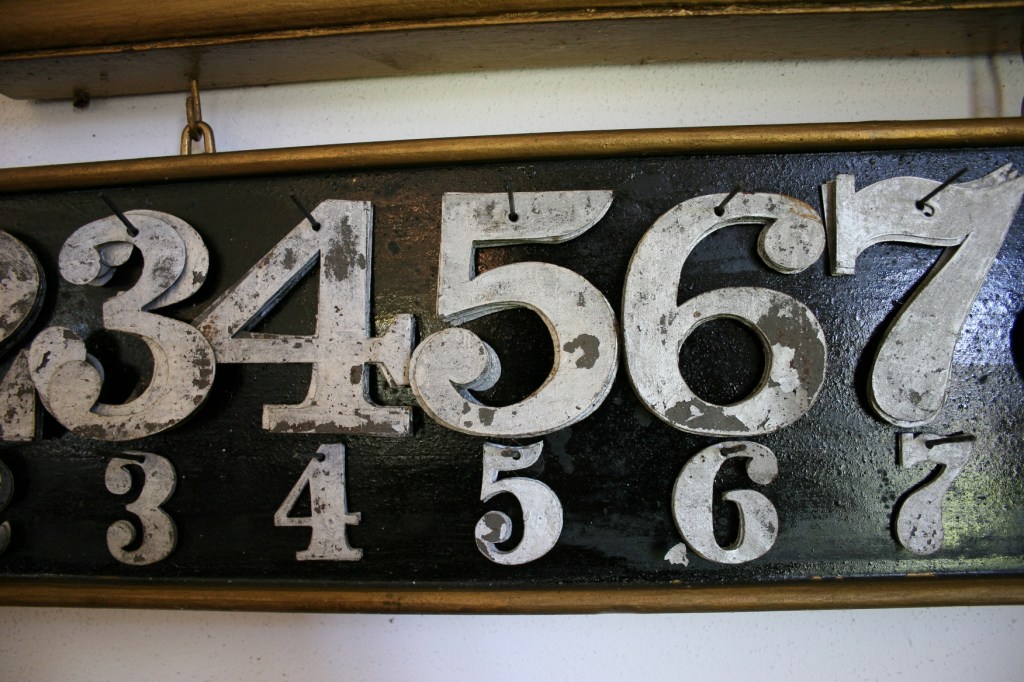


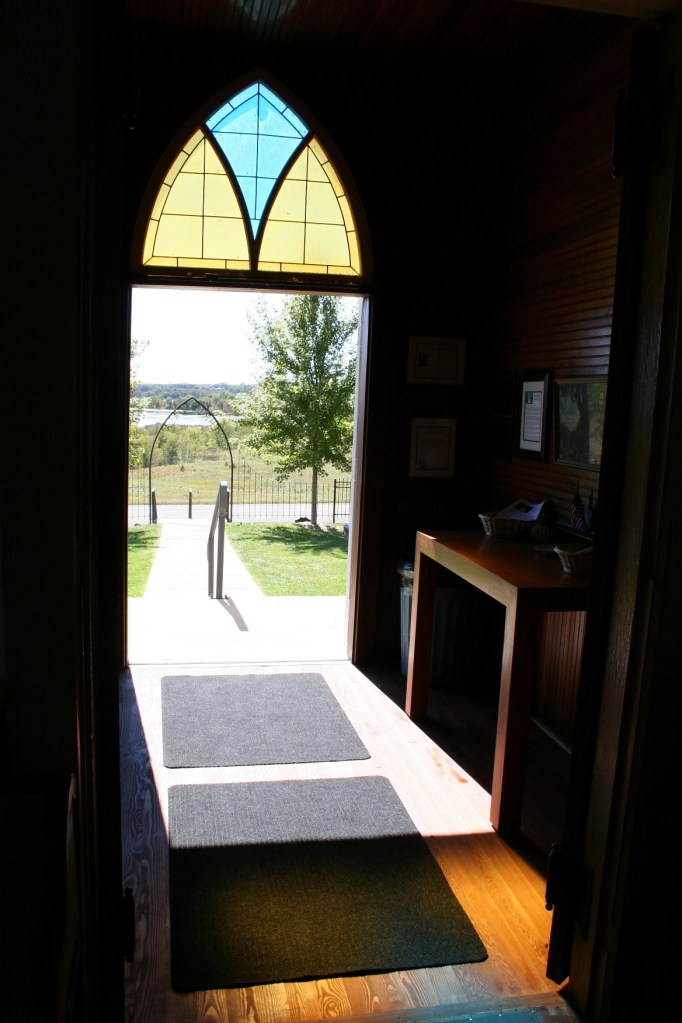
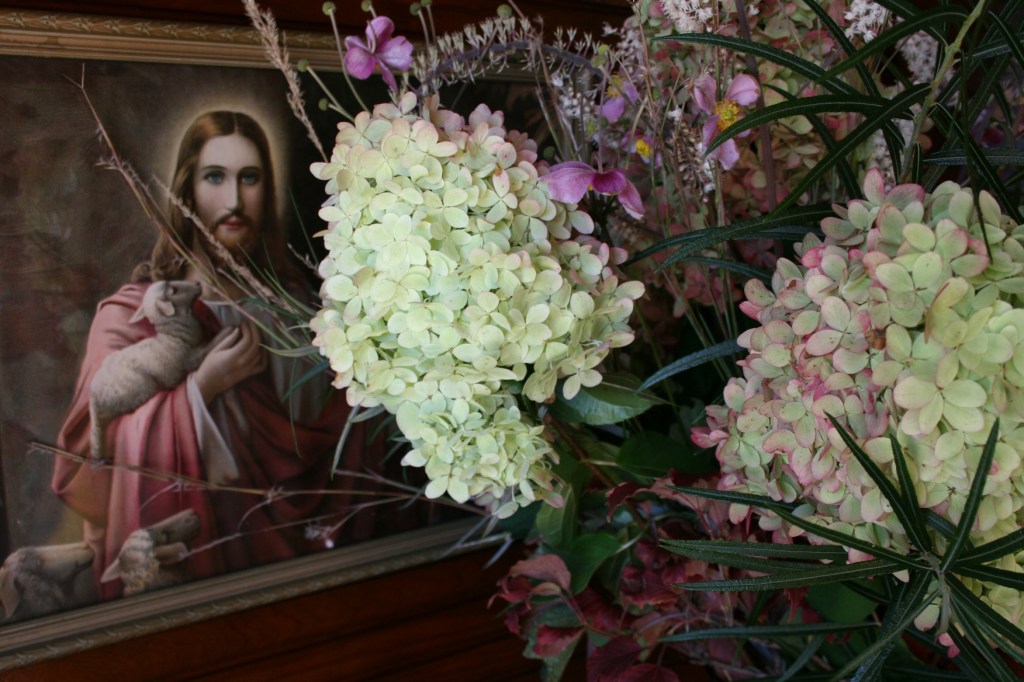
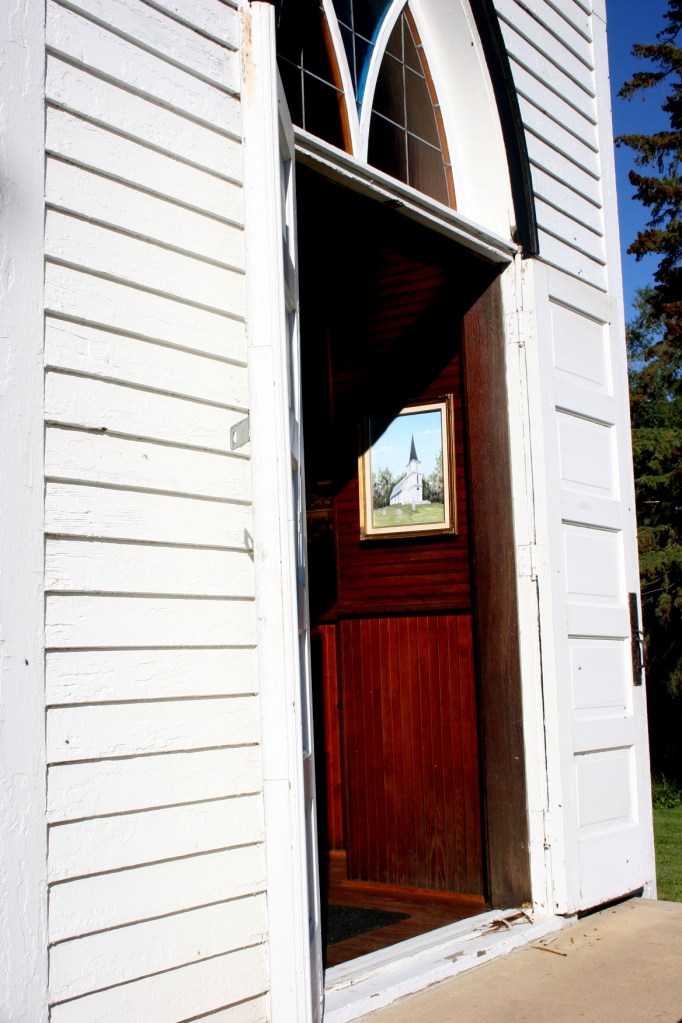
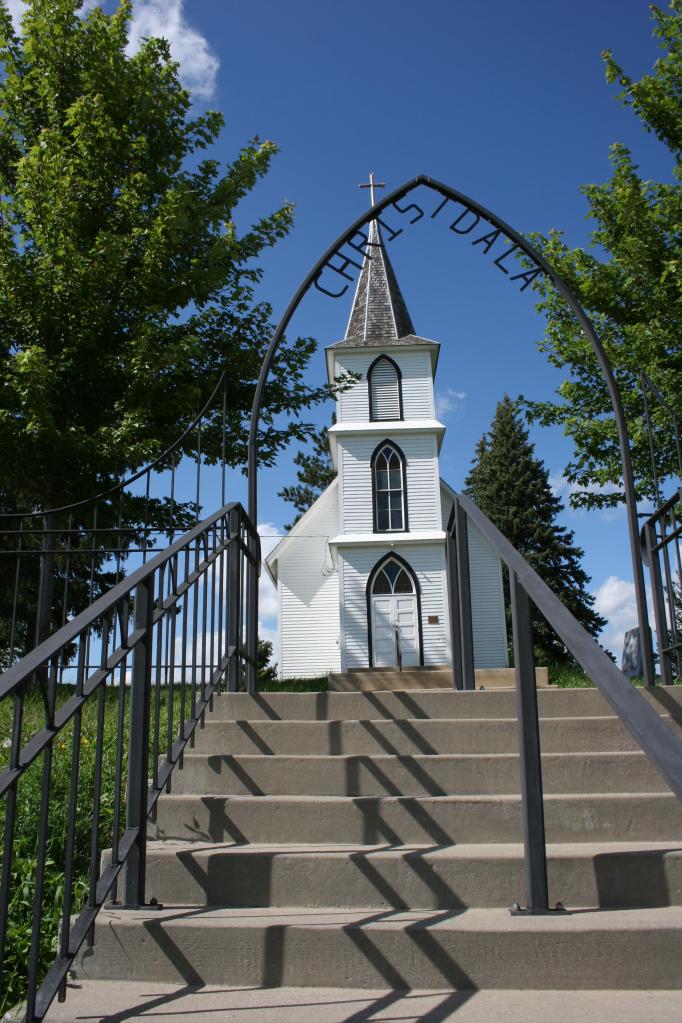

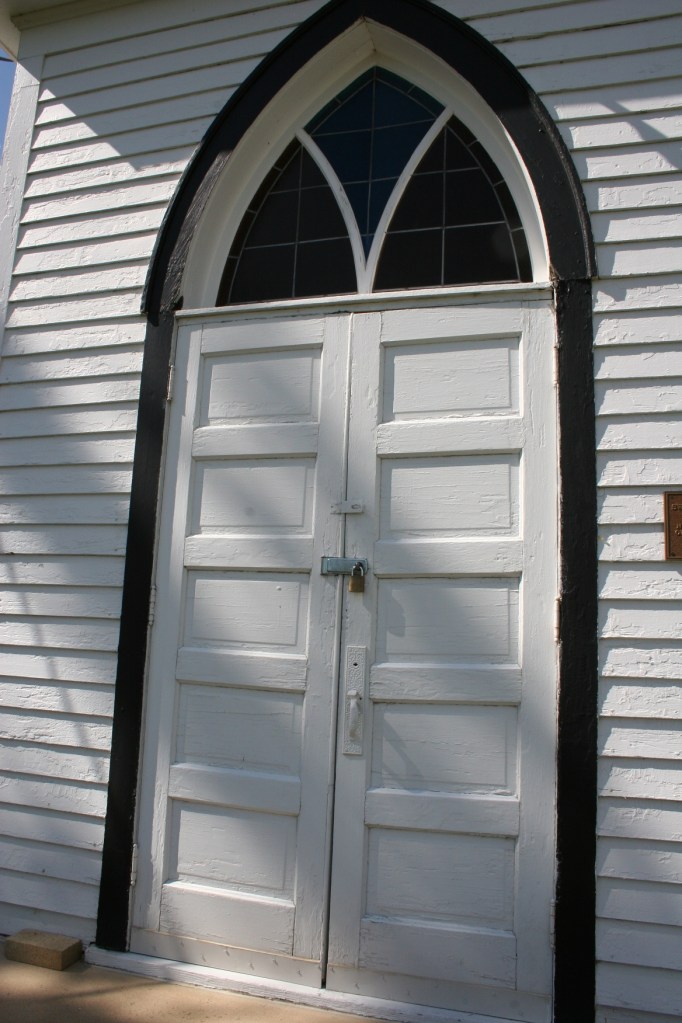
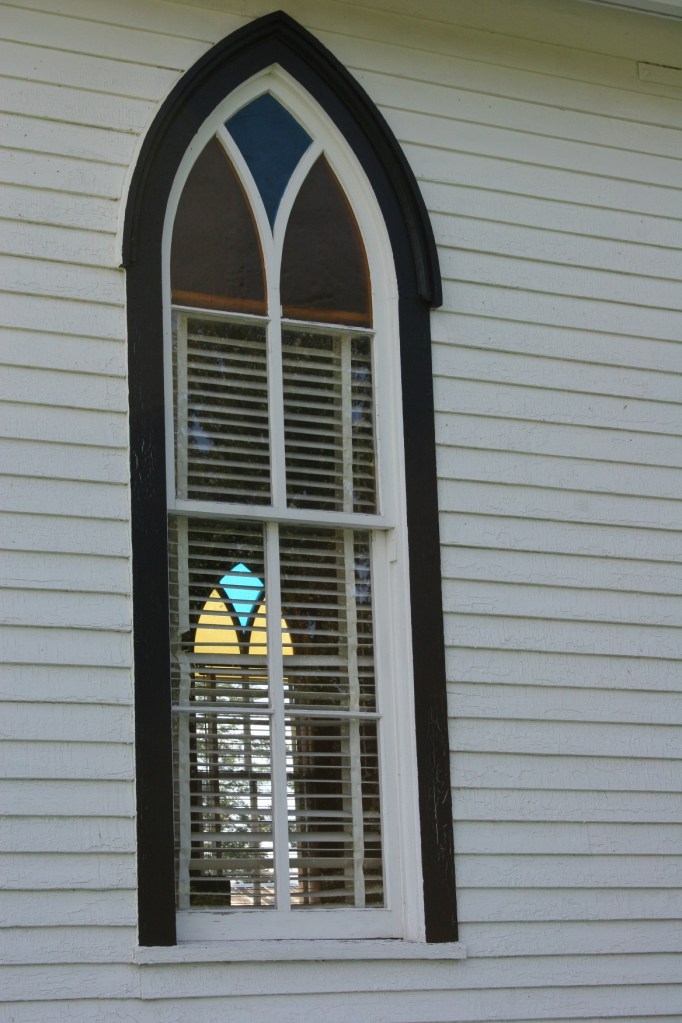






Recent Comments